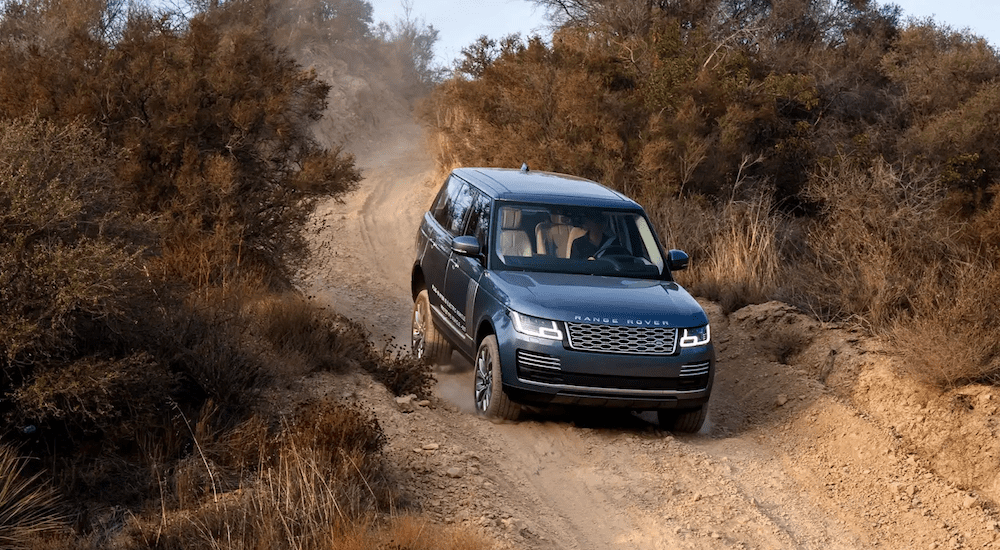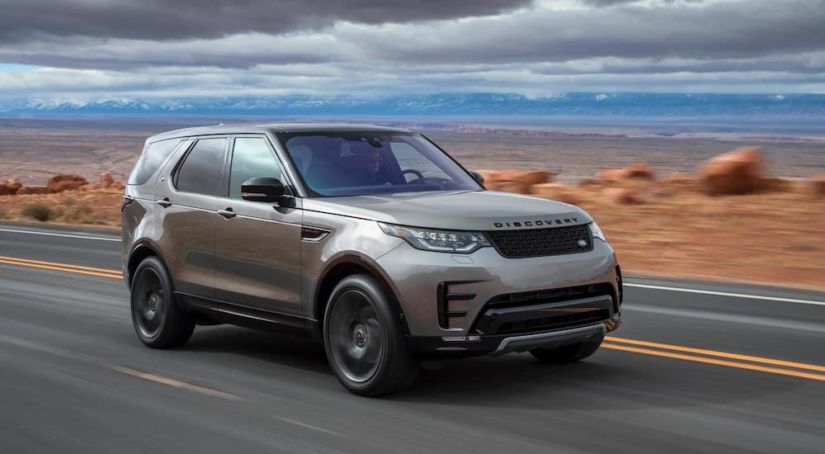Jaguar Land Rover (JLR) who stands as the United Kingdom’s largest vehicle manufacturer continues to move forward with their poetically titled “Charge and Accelerate” initiative, an 18-month strategy designed to ensure the company’s longevity. And while we’ll get to some of the ways that JLR’s plan is anchored by the weight of both disappointment and judgment, let’s take a step back for a moment.
The implementation of “CaA” in 2018 heralded a first-wave workforce reduction of 1,500 employees. And 2019 positions us within the second-wave – translating to another reduction of 4,500 employees globally, in the months to come.
Ralf Speth, CEO of JLR has been public in his rationalization of the strategy (and any collateral damage in the form of layoffs) stating that they, “are taking decisive action to help long-term growth, in the face of multiple geopolitical and regulatory disruptions as well as technology challenges facing the automotive industry. The ‘Charge and Accelerate’ program combines efficiency measured with target investment, safeguarding our future and ensuring that we maximize the opportunities created by growing demand for Autonomous, Connected, Electric and Shared technologies.”
The takeaway? That corporate longevity and, by default, short-term profitability stand as JLR’s immediate priorities. And while one might argue that they’re justified by a ‘you can’t fill a glass from an empty pitcher” rationale, others might contend that the phasing-out of 6,000 employees (even temporarily) is indicative of flaws in the automaker’s big-picture planning. But let’s hold off on the vilification of JLR, since their situation is anything but unique, at this point.
Over the last couple of decades, the automotive industry seems to have existed as somewhat of a double-edged sword. On one hand, they’ve been responsible for originating an endless stream of innovative advances in transportation technology. On the other hand, several leading automakers have landed themselves in a state of fiscal, environmental and ethical distress. From bankruptcy filings and government bailouts to the falsification of emissions standards, safety recalls and massive layoffs, there often seems to be more negative headlines than positive. And while we have a layperson’s hundred-foot level understanding of the stakes of big business, one can’t help but feel that there’s a degree of mismanagement at play. In turn, survivalist tacts are employed to increase cash flow with the promise of a long-term streamlining of operating efficiencies.
In the case of JLR, the ‘CaA’ initiative has identified approximately $1.3 billion in improvement opportunities, with $643 million of those having been brought to fruition in 2018. Considering the effective manner in which the program has been implemented, it’s hard to argue with the company’s single-minded desire to push forward. After all, it provides the greatest likelihood of funding important investments, allowing JLR to safeguard their own future.
One such investment comes in the form of a proprietary Battery Assembly Center, fueling advancements in sustainable technology. Predicted to be among the largest in the UK, the assembly center will employ both materials and processes unique to JLR. To-date, such innovation has brought us such offerings as the next-gen hybrid Range Rover Evoque, PHEV variants of the Range Rover and Range Rover Sport and the all-electric Jaguar I-PACE.
This, of course, conveys JLR’s desire to move forward, further evolving the cache which they’ve enjoyed since the initial union of two of Great Britain’s most iconic automakers. Class-leading offerings in both premium all-wheel drive offerings and luxury sports segments, Jaguar Land Rover have always embodied a ‘lifestyle-centric’ approach to their offerings. Ahead of its time, that mindset has always proven effective, extending well beyond the UK with over 80% of 2017-18 sales occurring abroad.
But lifestyles are changing (or more accurately, they need to change) in order to encourage global sustainability. The challenge set forth to all automakers, regardless of class or segment, is to reflect the unique demands of our changing lifestyles in their offerings – while continuing to meet, if not surpass, every expectation.

“The next chapter in the story of the Jaguar and Land Rover brands will be the most exciting – and challenging – in our history,” claims Speth. “Investing in cleaner, smarter, more desirable cars and electrifying our facilities to manufacture a future range of British-built electric vehicles will all form part of building a globally competitive and flourishing company.”
And the result is worth applauding. As of 2020, all new Jaguar and Land Rover offerings will be electrified. From fully-electric to plug-in hybrid and mild-hybrid offerings, JLR will be offering variants to all traditional combustion engines. As such, it enforces the infrastructure needed to increase EV offerings while remaining receptive to the full spectrum of their consumer base. At the end of the day (and barring any criticism of management to-date) it reflects a desire to achieve the most with the resources currently available. Such decisive action requires both prudence and prioritization and, if anyone can aspire to silence the naysayers, it might be JLR (albeit within their own consumer demographic) who proves successful.
Because we’ve reached a point in the cumulative chronicling of the automotive industry where a sense of pause feels appropriate. Across the board, R&D rules supreme, demanding investment of both time and resources. And while it feels irresponsible to enable such a vast number of global layoffs (as we’ve seen from various automakers combined) it feels short-sighted – and almost more irresponsible – to discourage whatever sacrifices are needed in the spirit of sustainability-centric innovation. It’s the budgetary equivalent of one of those sliding tile puzzles, where you move pieces into the empty slot – reordering them, as needed, in order to form a picture. And if that’s what is needed in order to create more efficient, sustainable and satisfying offerings we’d be hard-pressed to criticize any automaker who doesn’t make such cuts.
Granted, as a general population, some might take issue with exorbitant salaries of automotive C-levels, but that’s a drop in the bucket when it comes to subsidizing innovation. JLR is far from the only automaker making the difficult decision to refill their proverbial pitcher so that they quench the thirst of customers and employees alike. In fact, the failure of automaker to take such action would only serve to leave them ill-prepared to meet the evolving expectations of today’s drivers, and obsolete to the drivers of tomorrow.
Setting aside individual opinion (and the personal impact such decisions might yield) the big picture strategy will be interesting to watch unfold. It’s reasonable to expect other automakers to follow similar paths in the years to come, but it’s equally as important to keep the perspective of what such strategies could result in.
There are no industries that can consider themselves exempt from assessment or alteration. Evolution is the only way to retain relevance and 2019 places us firmly in the foyer of automotive advances. Say whatever you like, but the future is coming, and it’s coming fast. If an 18-month strategy can increase profitability, and reduce costs, in order to further such forward motion, it’s important for all of us to remain pound-wise. Because, if things are going to get better, there’s simply no place for the penny-foolish.


